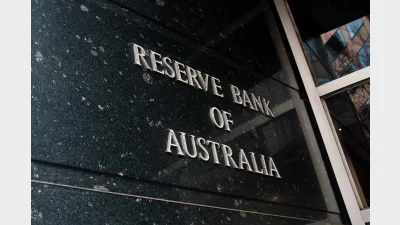AusSuper CIO paid $947k bonus



AustralianSuper’s executive team were paid a total of $6,091,406 including bonuses totalling $2.54 million between four of its executives during the 2019/20 financial year.
The industry superannuation fund was asked a question on notice by the House of Representative Standing Committee on Economics on what its base salary and bonuses were for the 2019/20 and 2020/21 financial year.
AustralianSuper pointed to its annual report in answering the question but noted that its 2020/21 FY salaries would be reported in its 2020/21 annual report.
The annual report said the fund’s chief investment officer and deputy chief executive, Mark Delaney, had the highest remuneration of the executives including a base salary of $733,437 and a performance payment of $947,400. Together with his superannuation payment, this gave him a total remuneration of $1,705,837 for the 2019/20 financial year.
The next best paid at the fund was its former head of equities, Innes McKeand, who had a total remuneration of $1,159,635 including a performance payment of $577,635. McKeand left the fund in March 2021.
The fund’s outgoing chief executive, Ian Silk, received a total remuneration of $1,111,234 and while he did not have a performance payment, he received non-monetary benefits totalling $17,417.
The fund’s head of mid-risk portfolios, Jason Peasley, had a total remuneration of $1,076,700 including a performance payment of $494,700.
AustralianSuper’s head of asset allocation and research, Carl Astorri, had a total remuneration of $1,038,000 including a performance payment of $519,000.
During the year, the fund had over $182 billion in assets under management.
Recommended for you
Australia’s superannuation funds are becoming a defining force in shaping the nation’s capital markets, with the corporate watchdog warning that trustees now hold systemic importance on par with banks.
Payday super has passed Parliament, marking a major shift to combat unpaid entitlements and strengthen retirement outcomes for millions of workers.
The central bank has announced the official cash rate decision for its November monetary policy meeting.
Australia’s maturing superannuation system delivers higher balances, fewer duplicate accounts and growing female asset share, but gaps and adequacy challenges remain.









